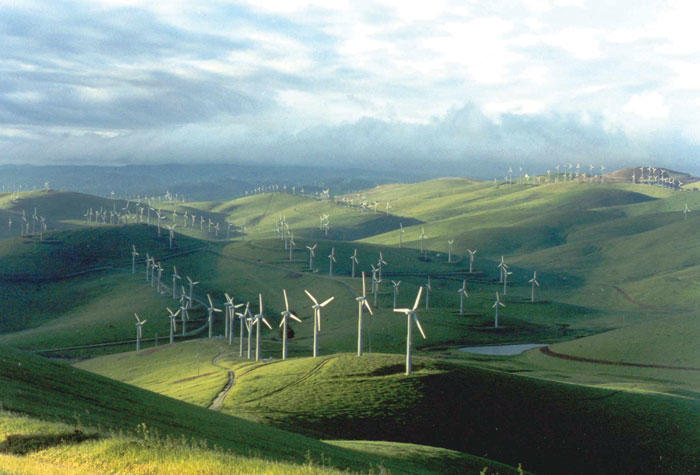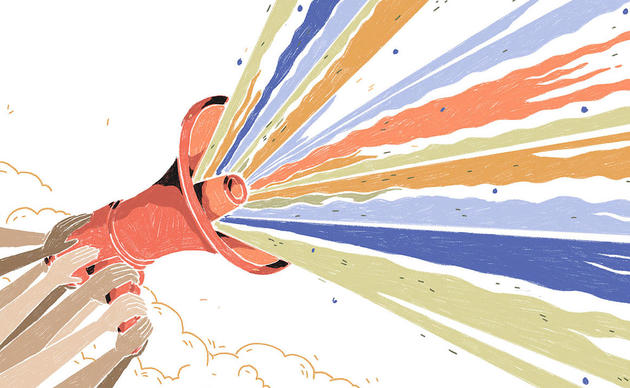Proper siting of wind energy development

Few in the conservation community dispute the fact that global warming is the biggest environmental threat in our lifetime. Audubon California has documented the potential losses to birds in California if steps aren’t taken to reduce global greenhouse gases. But while we strongly support the conversion to renewable sources of energy, our organization is also working to ensure that the development of wind, solar, and biomass energy is conducted in a responsible manner that minimizes impacts on birds and their habitats.
While showing tremendous promise as an alternative to fossil fuels, wind energy generation historically has also raised concerns about impacts to birds. A 2007 study by the National Academy of Sciences put the number of birds killed each year by wind turbine blades at about 20,000 to 30,000 – but some experts contend that the number is far higher. In California, concerns about birds were fueled by documented bird kills at an early generation wind farm at Altamont Pass, near the San Francisco Bay Area. Estimates vary, but it is thought that the wind turbines at Altamont kill more than 4,000 migratory birds and raptors each year.
Audubon California’s involvement in the wind power issue was prompted by the efforts of two of its local chapters – Los Angeles Audubon Society and Golden Gate Audubon Society – to address the hazards that improperly sited turbines posed to local bird populations. In 2006, Audubon California hosted an initial meeting in Los Angeles that brought together some of the key players from both the wind power industry and wildlife conservation to discuss possible solutions. These discussions ultimately led the California Energy Commission in 2007 to adopt new voluntary guidelines to aide the development of this important alternative energy resource while protecting wildlife. The guidelines have been seen by many as a model for other states, as well as the federal government.
While Audubon California has been supportive of state and federal efforts to expand renewable energy development – including wind energy – we have advocated strongly that these resources must be properly planned and sited to minimize impacts on birds.
These efforts have included the sharing of Important Bird Area maps with planning agencies and continued involvement in the designation of wind energy corridors.
The risks to birds from the improper planning of renewable energy are well documented. While we all want to move away from fossil fuels, it is vital that we speak up now so that our conversion to renewable energy doesn’t unnecessarily come at the expense of California’s birds.
Audubon California, in partnership with its local chapters and partners in the conservation world, are making sure that the interests of birds are taken into account in the development of wind energy.
How you can help, right now
Get Audubon CA in Your Inbox
Our newsletter is fun way to get our latest stories and important conservation updates from across the state.
Donate to Audubon
Help secure the future for birds at risk from climate change, habitat loss and other threats. Your support will power our science, education, advocacy and on-the-ground conservation efforts.
HOTSPOT: Flyover of California's Birds and Biodiversity
California is a global biodiversity hotspots, with one of the greatest concentrations of living species on Earth.




